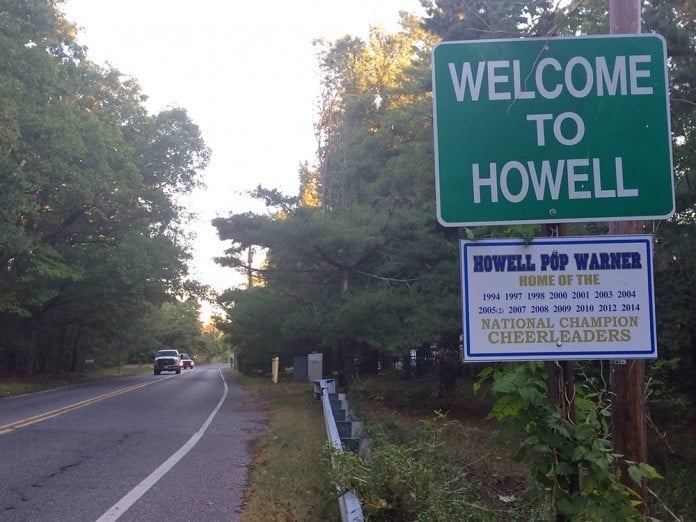
HOWELL – The Planning Board finalized their recommendations for the changes to the township’s Master Plan. In doing so, they certified that the new ordinances are found to be of “substantial consistency” with the changes made in the Master Plan.
The Master Plan is a document that gets updated periodically. It sets the regulations for all development in the entire town. It spells out what officials want every section of town to be.
“This process is simply to determine consistency with our Master Plan,” said Township Planner Jennifer Beahm as she prepared to brief the Board. “Globally, I would submit that every single one of these ordinances is direct implementation of a recommendation as part of that Master Plan process. None of these ordinances are outside of the scope of that Master Plan.”
In all, the Board considered 10 ordinances that arise directly from the changes to the township’s Master Plan, which cites the definitions for the terms of the zones, defines conditional use standards, establishes new SED-1 and SED-2 zones, and modifies at least one HD-3 zone. The most significant change is likely to be the ordinance that creates a brand-new zone type, HD-4, which centers on the Route 33 area near the boundary with Weapon Station Earle. The newly created zone will feature commercial highway development.
“I know there’s ten of them,” said Beahm, as she concluded briefing the Board regarding the ordinances. “Every single one of them came right out of that Master Plan that we went through, that public hearing a month ago, and as such I would recommend that the Board render a finding that is substantially consistent with our Master Plan.”
As a whole, the Board accepted the ordinances at face value, with only one Board member, Chairman Brian Tannenhaus, looking for refinement regarding ordinance 20-22. The ordinance, as written, appeared to require certain businesses to provide foliage and shrubbery to shield or hide possible unsightly conditions, while other similar businesses did not.
The recommendation by Tannenhaus was noted and incorporated into the ordinance by Beahm, who quickly sought the counsel of the Board’s attorney for clarification on whether such an augmentation could be made unilaterally.
“That’s an interesting question,” said attorney Steven Tombalakian. “Some people are of the opinion that if you change anything other than punctuation, that’s a change that requires re-introduction. But if it’s so de minimis and it really doesn’t change the scope of the ordinance, it’s up to the town attorney to decide whether they want to reintroduce that particular ordinance.”
The change proposed by Tannenhaus would likely not require any re-introduction by the township’s attorney, according to Beahm, because it was stipulated and put in on the record at the Master Plan hearing. With that, the Board moved to a vote regarding the recommendations.
“I don’t want to speak for all,” said Board member Rob Nicastro regarding the multitude of ordinances, “but I don’t think I’ve ever seen it. I’ve never seen so many ordinances that were just recommended out of the Master Plan come to fruition by the governing body. That’s pretty impressive.”






